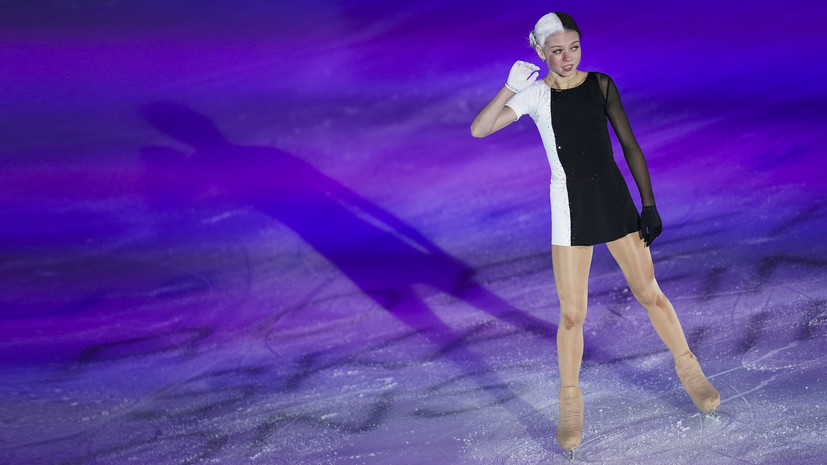After the 2022 Winter Olympics in Beijing, figure skating can change dramatically. At the next congress of the International Union of Skaters (ISU), which will be held in June in Phuket, proposals will be made on reforming the format of the competition and changing the judiciary. This was announced to NBC by the head of the ISU technical committee for single and doubles skiing Fabio Bianchetti.
The essence of the amendments is to bring balance to the competition of singles and equalize the so-called techies and wheelchairmen - those who gain points through the execution of complex elements, and those who rely on the artistry and beauty of their rentals. Innovations will affect singles and couples competitions.
According to the available information, the “technical” should replace the short program. In it, the assessment for the equipment will be 60% of the total, and the points for the components - 40%. In an arbitrary program, the ratio will be exactly the opposite: 60% - for the components, and 40% - for the equipment. Moreover, if now the rating for a short program is only from a quarter to a third of the final result, then in the future the number of points that can be obtained for the “technical” and free programs will become the same.
Both rentals will last three and a half minutes. At the moment, in adult competitions, the length of the short program is 2 minutes and 40 seconds, and the free program is four minutes. In this case, deviations of 10 seconds are allowed up and down. If amendments are adopted, the skaters will have to stay on ice for a total of 20 seconds longer (excluding errors).
Earlier in the world of figure skating, the idea of the complete separation of competitions into technical and artistic components was discussed. According to the idea of its authors, in one performance only jumps and other elements would be evaluated, and in another - only the ability to ride beautifully. So far, this proposal has not found support at ISU.
“In the future, we may propose to divide the competition into two separate ones, with different medals for each, but at the moment we just want to clearly distinguish between the two programs. Innovations will consist in different requirements, different values of ratings for equipment and components within each program, and in the final results the value of the programs will be the same ... The main idea is to encourage skaters to strive not only for complexity, but also for quality perform and devote more time to transitions and choreographic moments, ”said Bianchetti.
So far, the entire package of amendments has not been formally formalized; it will not be submitted until April this year, when the entire program of the ISU Congress will be published. Bianchetti did not go into the details of the innovations, and therefore a number of points remain unclear.
For example, there is no information on how the structure of programs will change. Now adult single people should demonstrate seven elements in a short program and 12 in a free program. In addition, it is not known whether the cost of various elements will change.
Finally, the question of women’s quadruple jumps remains open - now girls can demonstrate them only on the second day of the competition, while there are no restrictions on the triple axel of the same level of difficulty.
NBC columnist Philip Hirsch linked the proposed reform in figure skating with the continued dominance of Russian skaters who have revolutionized the technique in the last couple of years. He believes that the Russian Figure Skating Federation will oppose the new amendments.
Earlier, ISU has already made attempts to stop the growth of technical scores among singles by introducing a restriction on the performance of jumps in the second half of the program, which Alina Zagitova used to win the Olympic Games in Pyeongchang. The cost of quadruple jumps was also reduced, which was especially true for men. Under the knife went and four twists in pairs.
However, changes in the rules did not bring a tangible effect. In women's skating, the trend for quadruple jumps began, which was set by Alexander Trusov and Anna Shcherbakova, and this season athletes outside of Russia supported as well. The gap between the students of Eteri Tutberidze and those who, even with perfect skiing, do not gain the same points without four jumps, really exists, which was confirmed by the results of the Grand Prix finals and European Championships. But at the same time, both Trusova and Shcherbakova themselves were inferior to Alena Kostornaya, who does not perform jumps harder than the triple axel.
If the rules do change and the short program is replaced by the “technical” one, then from season 2022/23 it will be more difficult for young girls with a set of quadruple jumps who still do not have perfect skating to score high points, while even more experienced skaters will without the hardest elements will remain competitive.

